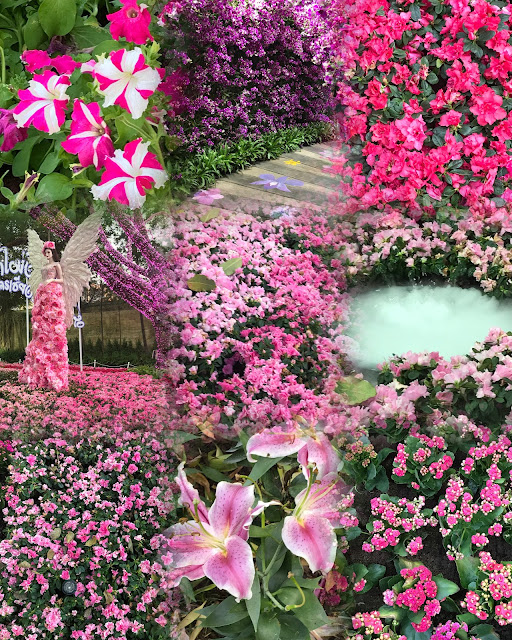Blue Temple: Chiang Rai’s Wat Rong Suea Ten
Chiang Rai is a city in northern Thailand that is famous for its stunning temples, such as the White Temple and the Black House. But there is another temple that deserves your attention: the Blue Temple, or Wat Rong Suea Ten. Here you can immerse yourself in the serene beauty that this temple offers. Nestled in the heart of Chiang Rai, this modern masterpiece will captivate you with its vibrant hues and intricate patterns and gold details.
The Blue Temple is a relatively new temple that was only completed just a few years ago (in 2016). It was designed by a local artist named Phuttha Kabkaew (who was an apprentice of Chalermchai Kositpipat), the creator of the White Temple. The Blue Temple follows a similar style of Buddhist art, combining traditional elements with modern and psychedelic imagery.
The name of the temple means “the House of the Dancing Tiger”, as the site was once a place where tigers roamed. Can you imagine that? Tigers in Chiang Rai! The blue colour of the temple symbolises tranquility, purity, and healing in Buddhism. The temple also features a number of sculptures with ornate golden details, that contrast perfectly with the vibrant blue.
The temple is open to visitors from 6 am to 6 pm every day, and there is no entrance fee.
The Blue Temple is located about 10 km from the city centre of Chiang Rai. You can easily get there by ‘Grab’, tuk-tuk, or on a motorbike. We walked there, which in itself was interesting, as we had to cross over the Mekong river.
The Blue Temple is one of the most unique temples in Thailand. It is a must-see for anyone visiting Chiang Rai. It impressed me with its artistic design and spiritual atmosphere, and I have seen hundreds of temples, but none like this!
In contrast to the blue serenity the temple offers, there is also a darker side. Among the colourful flowers and animals, there were skulls. Not just ordinary skulls, but skulls with horns, fangs, and other monstrous features. They contrast with the bright blue colour of the temple and create a striking visual effect. Skulls are not uncommon in Buddhist temples, as they represent the impermanence of life and the cycle of death and rebirth.











Comments
Post a Comment